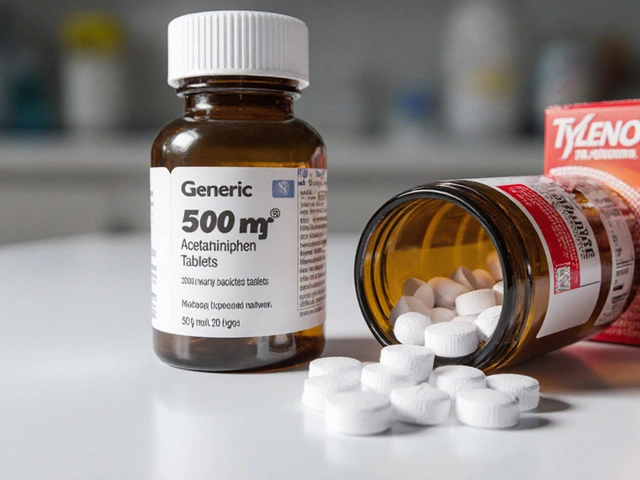Organ Rejection: What It Is and How to Manage It
When dealing with organ rejection, the immune system attacks a transplanted organ, jeopardizing graft function. Also known as graft rejection, it is a central concern for anyone involved in transplantation. Organ rejection isn’t random; it follows clear biological patterns that doctors can predict and often prevent. The process starts when the recipient’s immune cells recognize the donor organ’s foreign proteins, triggering inflammation and damage. This basic chain—foreign recognition → immune activation → tissue injury—forms the backbone of every discussion about graft survival.
Key Concepts Around Organ Rejection
Understanding the full picture means looking at the surrounding entities that shape outcomes. A transplant, the surgical transfer of an organ from donor to recipient initiates the whole scenario. Successful transplants rely on donor matching, checking blood type, tissue compatibility, and immune markers to reduce rejection risk. Even with perfect matches, the recipient’s immune system remains primed, which is why immunosuppression, the use of drugs to lower immune activity becomes essential. Common immunosuppressants—such as tacrolimus, mycophenolate, and steroids—work together to keep the immune response in check while allowing the organ to heal.
When immunosuppression isn’t enough or the match is suboptimal, clinicians turn to anti-rejection medication, targeted drugs like sirolimus or belatacept that specifically block rejection pathways. These agents are chosen based on the type of rejection—hyperacute, acute, or chronic—and the organ involved. A biopsy often confirms the diagnosis, revealing inflammatory cells or tissue scarring that indicate the rejection stage. Early detection through routine labs and imaging can stop a flare before it harms the graft. The entire care loop—donor matching → transplant → immunosuppression → monitoring → anti-rejection medication—creates a feedback system that aims to preserve organ function for years.
Patients also play a role. Adhering to medication schedules, reporting side effects, and maintaining lifestyle habits like a balanced diet and infection prevention can tip the balance toward graft longevity. Education about signs of rejection—such as sudden pain, swelling, or loss of organ function—empowers recipients to seek help fast. Healthcare teams often use protocols that integrate patient input, lab results, and imaging into a decision‑making algorithm. This algorithmic approach reflects the semantic triple: "Organ rejection requires immunosuppression," "Immunosuppression influences anti-rejection medication choice," and "Donor matching reduces organ rejection risk." These connections illustrate how each entity shapes the others in real‑world practice.
Below you’ll find a curated set of articles that dive deeper into each of these topics. From guides on buying affordable medication online to detailed comparisons of transplant drugs, the collection offers practical tips and up‑to‑date information to help you navigate the complex world of organ rejection and its management.

How Exercise Prevents Organ Rejection After Transplant
Explore how targeted exercise and physical rehab can lower organ rejection risk, boost immunity, and improve quality of life for transplant recipients.
View More




